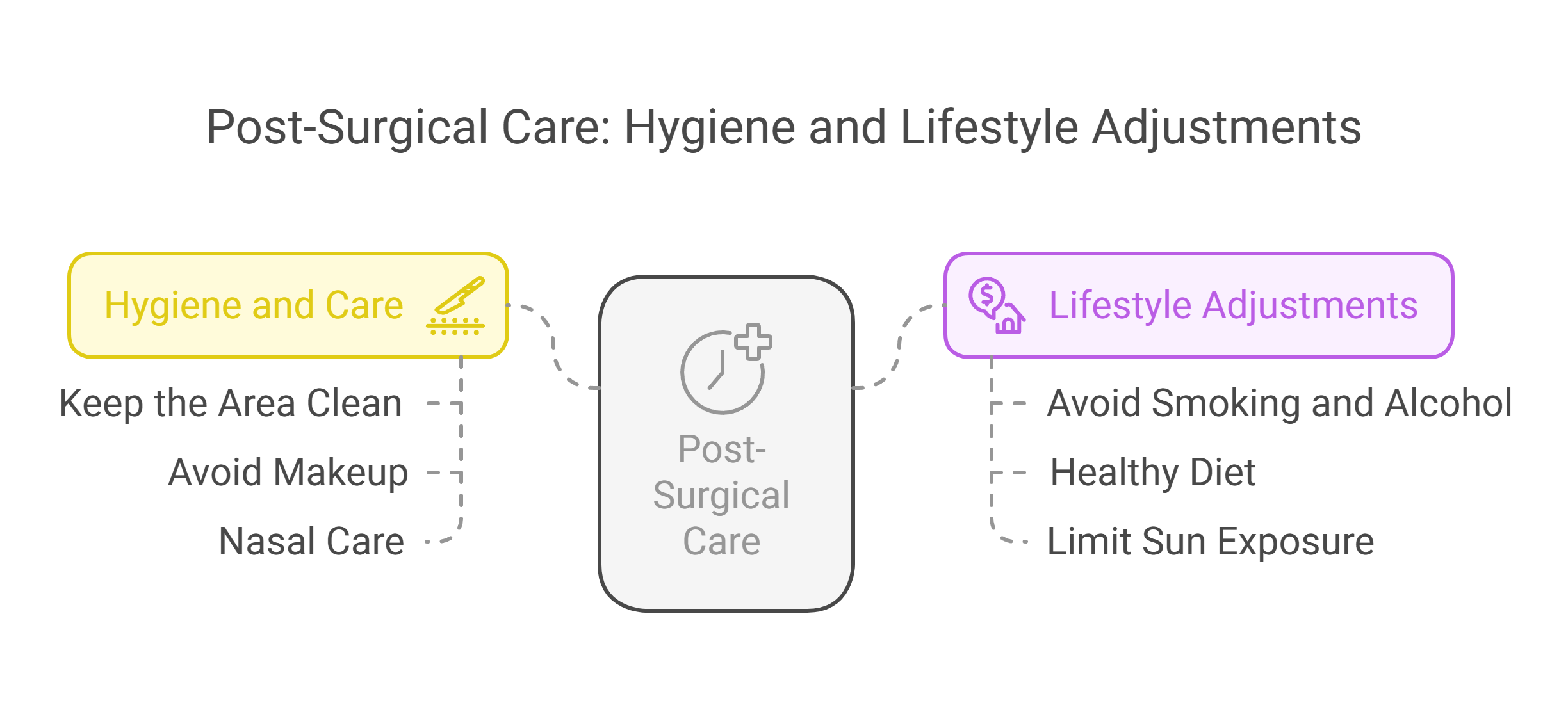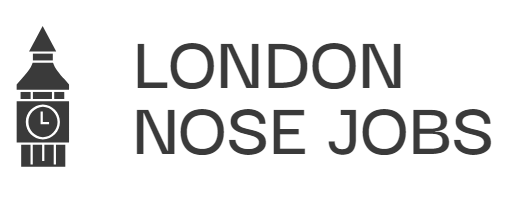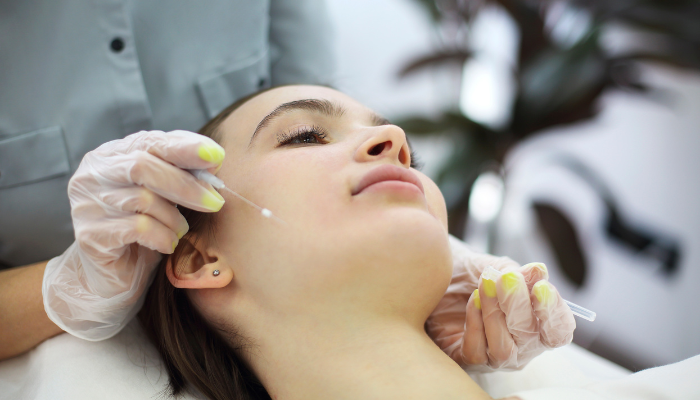Key Takeaways
- Nose reshaping with threads is a non-surgical method for enhancing nasal appearance.
- The procedure is quick, with minimal downtime compared to traditional surgery.
- Ideal candidates are those looking for subtle changes without permanent commitment.
- While generally safe, there are potential risks and complications to consider.
- Ongoing care and follow-up are essential for maintaining results.
Understanding Nose Reshaping with Threads

What Is Nose Reshaping with Threads?
So, nose reshaping with threads – what’s the buzz? Basically, it’s a non-surgical way to tweak the shape of your nose using special threads. These threads, often made of materials like PDO (polydioxanone), are inserted under the skin to lift and reshape the nose. It’s become quite popular because it’s less scary than going under the knife. People are always looking for something that’s quick and easy, and this seems to fit the bill. But, like anything, it’s got its pros and cons, which we’ll get into.How Does the Procedure Work?
Here’s how this actually works.- First, the area is numbed with a local anaesthetic.
- Then, the practitioner makes a small entry point, usually at the tip of the nose. Using a needle, they insert the threads, which have tiny barbs or cogs on them. These barbs grip the tissue under the skin.
- By pulling and adjusting the threads, the nose can be lifted, straightened, or have its tip defined.
- The threads act like scaffolding, holding the new shape in place.
Benefits of Non-Surgical Nose Reshaping
Why are people choosing threads over surgery? Well, there are a few reasons.- It’s less invasive, meaning smaller cuts and less trauma to the nose.
- The recovery time is generally shorter – you’re not stuck at home for weeks.
- It’s often cheaper than a full-blown surgical rhinoplasty.
Plus, some people are just nervous about surgery in general, so this offers a less daunting alternative. However, it’s important to remember that the results aren’t permanent, and it might not be suitable for everyone. If you’re after a subtle change, it could be a good option, but for major alterations, surgery is still the gold standard.
The Advantages of Non-Surgical Techniques
Minimally Invasive Approach
Let’s be honest, the idea of going under the knife can be a bit daunting. That’s where non-surgical nose reshaping with threads (Suture lifts) really shines. It’s all about minimal intervention. Instead of incisions and extensive tissue manipulation, the procedure involves strategically placing threads under the skin. This means less trauma to the area, which is always a good thing, right?Reduced Recovery Time
One of the biggest perks of choosing threads over traditional surgery is the significantly shorter recovery period. Most people can get back to their normal routines pretty quickly. Think a few days rather than weeks. There might be some minor swelling or bruising, but it’s generally manageable and fades fast. Who wouldn’t want to avoid a lengthy downtime?Cost-Effectiveness Compared to Surgery
Nose reshaping can be a hefty investment, and that’s before you even factor in things like anaesthesia fees and hospital stays. Nose reshaping with threads tends to be more budget-friendly. It’s a great option if you’re looking for a noticeable improvement without breaking the bank. Plus, the reduced recovery time can also translate to fewer days off work, which is always a bonus.Choosing a non-surgical route can be a smart move if you’re after subtle changes and a quicker return to your daily life. It’s all about weighing up the pros and cons and deciding what’s best for you and your lifestyle.
Who Is an Ideal Candidate?

Characteristics of Suitable Patients
Who actually gets the best results? Well, ideal candidates usually have a few things in common.- Firstly, they’re looking for subtle changes. We’re talking about refining the nasal tip or smoothing out minor bumps, not a complete overhaul.
- Secondly, good skin elasticity is key. The threads need something to grip onto, and skin that’s still got some spring to it will respond much better.
- Looking for subtle improvements
- Good skin elasticity
- Realistic expectations
- Generally good health
Common Concerns Addressed
What are people hoping to fix with this procedure? Often, it’s about lifting a droopy nasal tip, which can make a big difference to the overall balance of the face. Some people also want to straighten a slightly crooked nose or reduce the appearance of a minor dorsal hump. It’s all about achieving a more refined and balanced look without going under the knife. Thread lifts can also be a good option for those who’ve had a surgical rhinoplasty before and want a little tweak without further surgery.Expectations for Results
Now, let’s talk expectations. It’s super important to be realistic about what nose reshaping with threads can achieve. This isn’t a substitute for a full surgical rhinoplasty or other nose reshaping. The results are more subtle and, importantly, they’re temporary. You’ll see a noticeable improvement, but it won’t be as dramatic as surgery, and it won’t last forever. Think of it as a fantastic way to test the waters before committing to something more permanent, or as a great option for those who just want a little lift without the downtime of surgery.It’s worth remembering that everyone’s different, and results can vary. A thorough consultation with a qualified practitioner is essential to determine if you’re a suitable candidate and to discuss what you can realistically expect from the procedure.
Potential Risks and Complications
It’s always good to be aware of the possible downsides. Like any procedure, there are things that could happen, and it’s best to go in with your eyes open. Let’s have a look at what those might be.Common Side Effects
Right after the procedure, it’s pretty normal to have some swelling, bruising, and maybe a bit of redness around the area where the threads were inserted. It’s usually nothing to worry about and should clear up within a few days to a week. Some people also feel a bit of tenderness or discomfort, but that can usually be managed with over-the-counter pain relief. Just keep an eye on it, and if anything seems unusual, give your practitioner a shout.Long-Term Considerations
While suture lifts is generally considered safe, there are some longer-term things to think about.- One potential issue is thread migration, where the threads move from their original position. This could affect the shape of your nose and might need correcting.
- There’s also a small risk of infection, even months after the procedure, so it’s important to maintain good hygiene and watch for any signs like increased redness, pain, or pus.
Importance of Choosing Qualified Practitioners
The person doing your procedure makes a massive difference to how likely you are to have problems. You want someone who’s properly trained, experienced, and knows their stuff inside out. Check their qualifications, read reviews, and don’t be afraid to ask loads of questions before you book in. A seasoned practitioner will be happy to talk you through the risks and benefits and will make sure you’re a suitable candidate for the procedure.Choosing a skilled and qualified practitioner significantly reduces the risk of complications and ensures the best possible outcome for your nose reshaping procedure.
Comparing Nose Reshaping with Threads to Traditional Surgery
Differences in Techniques
You’ve probably heard about both nose reshaping with threads and traditional surgery, right? They’re pretty different. Traditional surgery, or rhinoplasty, involves a surgeon reshaping the bone and cartilage inside your nose. It’s a proper operation, often done under general anaesthetic. Nose threads, on the other hand, are a non-surgical option. Threads are inserted under the skin to lift and reshape the nose.Outcomes and Longevity
Traditional surgery generally offers more dramatic and permanent results. With surgery, you can achieve significant changes to the size and shape of your nose. The results are usually long-lasting, although natural ageing can still affect things over time. Nose threads offer more subtle changes, and the results are temporary. The threads dissolve, so the lift isn’t permanent, usually lasting from several months to a couple of years. It really depends on the individual and the type of threads used.Patient Satisfaction Rates
Patient satisfaction is a tricky one because it depends so much on what people expect. People who go for traditional surgery or even nose filler often have very specific goals, and if the surgeon achieves those, they’re usually happy. But, of course, there are risks involved with surgery, and sometimes the results aren’t exactly what was hoped for. With nose threads, people often like the fact that it’s a quick and easy procedure with minimal downtime. However, because the results are more subtle and temporary, some people might find they’re not quite satisfied in the long run. It’s all about weighing up the pros and cons and having realistic expectations.It’s worth remembering that both procedures have their place. Nose threads can be a good option for people who want a subtle change without surgery, while traditional rhinoplasty is better suited for those seeking more significant and permanent alterations. Talking to a qualified practitioner is key to figuring out which approach is right for you.
Aftercare and Maintenance for Optimal Results

Post-Procedure Guidelines
Now, let’s talk about keeping things looking good. The first few days are key. You might experience some swelling or bruising, which is totally normal. Think of it like this: your nose has just had a little makeover, and it needs time to settle in. Here’s what you should do:- Avoid touching or putting pressure on your nose. This includes wearing glasses that sit on your nose bridge. If you need to wear glasses, try using tape to keep them off your nose for a bit.
- Sleep on your back. This helps prevent any accidental squishing during the night. Prop yourself up with a couple of pillows.
- Skip strenuous exercise for at least a week. No heavy lifting or anything that gets your blood pumping too much. We don’t want to disrupt the threads.
- Apply cold compresses gently to reduce swelling. Do this for about 15-20 minutes at a time, several times a day.
- Follow your practitioner’s specific instructions.
Signs of Complications to Watch For
Most of the time, things go smoothly, but it’s always good to know what to look out for. Keep an eye out for these things:- Excessive pain that doesn’t go away with over-the-counter pain relief.
- Signs of infection, like redness, warmth, pus, or a fever.
- The threads becoming visible or poking through the skin. This is rare, but it can happen.
- Significant asymmetry or distortion of the nose shape.
It’s important to remember that everyone heals differently. What’s normal for one person might not be for another. If you’re ever unsure about something, just give your practitioner a call. They’re there to help!
Follow-Up Appointments
Don’t skip your follow-up appointments! These are really important for your practitioner to check how you’re healing and make sure everything is settling as it should. They might also give you some extra tips on how to care for your nose in the long term. They’ll usually schedule one a week or two after the procedure, and then maybe another one a few months down the line. These appointments are your chance to ask any questions and address any concerns you might have.The Future of Aesthetic Treatments
The world of aesthetic treatments is always changing, with new things coming out all the time. It’s exciting to think about what’s next! We’re seeing a big move towards things that are less invasive and more focused on what the patient wants. Let’s have a look at some of the things we might see in the future.Emerging Trends in Non-Surgical Procedures
Non-surgical procedures are becoming more and more popular. People like that they can get results without having to go under the knife. Things like injectables, laser treatments, and thread lifts are getting better all the time. We’re also seeing a rise in combination treatments, where practitioners use a few different methods to get the best results. For example, someone might get a thread lift to lift the skin and then use fillers to add volume. It’s all about customising the treatment to the individual.- Increased use of AI in treatment planning.
- More focus on preventative treatments.
- Greater demand for natural-looking results.
Technological Advancements
Technology is playing a big part in the future of aesthetics. We’re seeing new lasers, energy-based devices, and imaging systems that can do things we never thought possible. These technologies are becoming more precise, which means better results and less downtime for patients. For example, there are new lasers that can target specific areas of the skin without damaging the surrounding tissue.The integration of technology aims to provide more accurate diagnoses and treatment plans, leading to better patient outcomes and satisfaction.
Patient Education and Awareness
It’s really important that patients know what they’re getting into when they have an aesthetic treatment. That means giving them clear, honest information about the risks and benefits of each procedure. It also means helping them to have realistic expectations about what can be achieved. When patients are well-informed, they’re more likely to be happy with their results. Plus, they can make better choices about what’s right for them. It’s all about empowering people to take control of their own health and beauty.- Easy-to-understand information online.
- Open discussions about risks and benefits.
- Support groups and online communities.
Conclusion
The trend of nose reshaping with threads is certainly gaining traction in the UK. It offers a fresh, non-surgical alternative for those looking to enhance their nasal features without the commitment of surgery. While the results can be impressive and the procedure is relatively quick, it’s essential to approach it with caution. Always consult with a qualified practitioner who can provide a thorough assessment and set realistic expectations. Remember, every aesthetic journey is unique, and what works for one person may not be suitable for another. So, if you’re considering this option, here’s a FREE consultation to ensure you’re making an informed choice.Frequently Asked Questions
What is nose reshaping with threads?
Nose reshaping with threads is a non-surgical method that uses special threads to lift and shape the nose, enhancing its appearance without needing surgery.
How does the thread procedure work?
During the procedure, a practitioner inserts threads into specific areas of the nose to lift and reshape it. This is done using a fine needle and usually takes less than an hour.
What are the benefits of this non-surgical option?
The main benefits include less pain, no need for anaesthesia, shorter recovery time, and lower costs compared to traditional surgery.
Who is a good candidate for this procedure?
Good candidates are those looking for subtle changes, such as a slight lift of the nose, and who prefer a temporary solution rather than permanent surgery.
Are there any risks involved with nose threading?
Yes, there can be risks like swelling, bruising, or infection. It’s important to choose a qualified practitioner to minimise these risks.
How long do the results last?
The results can last from six months to a year, depending on individual factors and the type of threads used.




